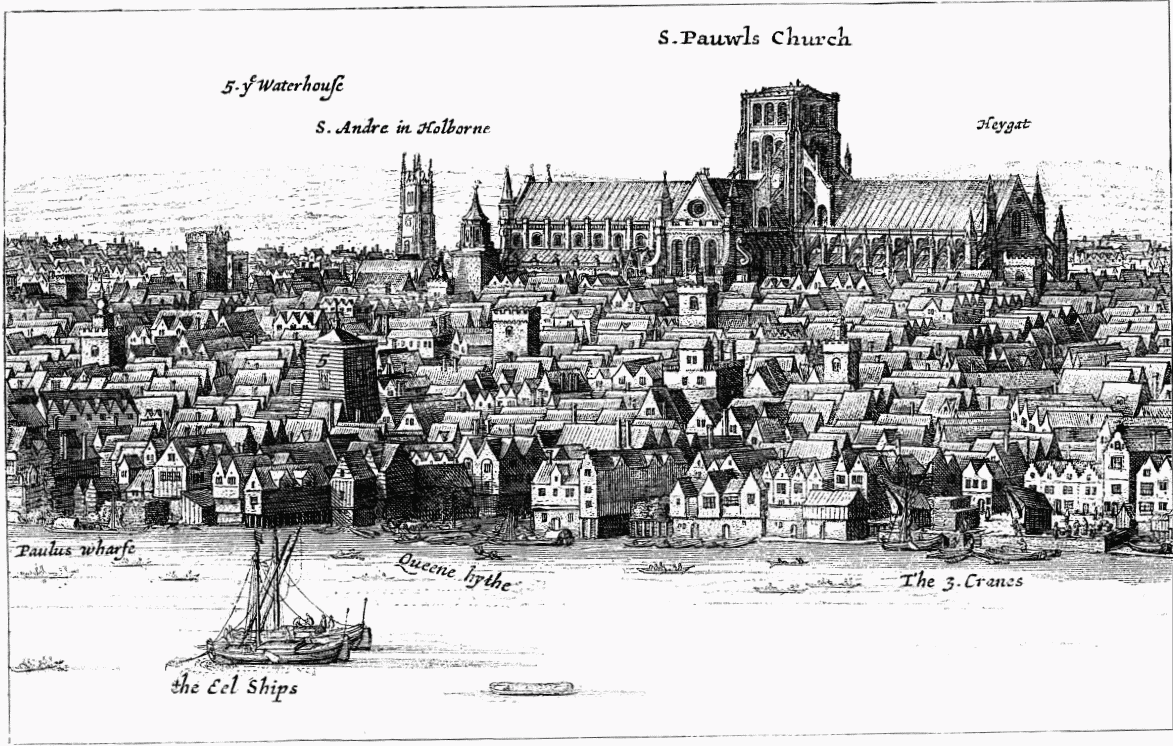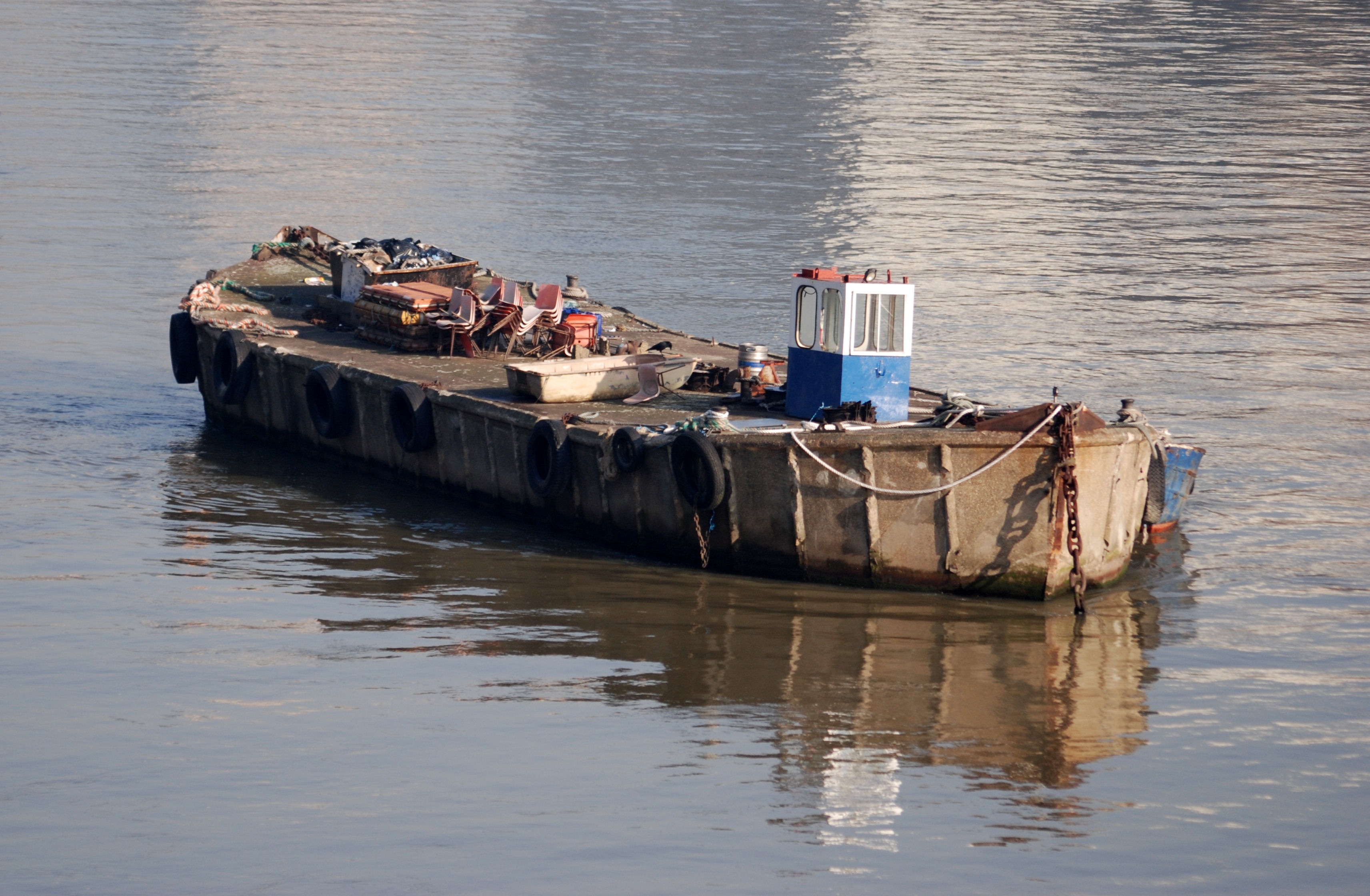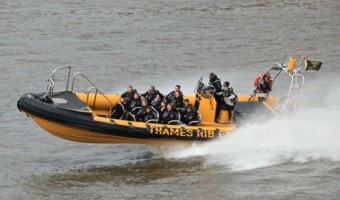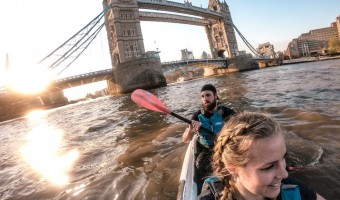 Watermen of The Old Thames
Watermen of The Old Thames
Job opportunities on the medieval river
Since the earliest Thames settlements when London was still a marsh there have been ferry- and boat- men and women. Visitors can still see the vestiges of their time here today if you look carefully enough. Very recently I particularly enjoyed discovering the 1000 year old ‘ferry man’s seat’ on the Southbank in a the wall of a very modern Spanish restaurant
Until the ‘modern’ period of bridge building that started in 1750 with the construction of Waterloo Bridge - the River Thames (and its tributaries) were the main thoroughfares in London. It probably resembled some of the modern day Indian cities in the chaotic and unregulated nature of the traffic. The State first attempted to regulate proceedings with an act of Parliament in 1514 aimed at creating a fixed tariff for fares. A second act of Parliament in 1555 drew up the “Rulers of all Watermen and Wherrymen’ working between Gravesend and Windsor” which led to the formation of the Company of Watermen and Lightermen. Their livery hall opened in 1980 is still open today at St. Mary at Hill, EC3.
By the start of the 17th century there were over 40, 000 people making a living from transporting people and goods up and down the river. The Company ran a seven-year apprenticeship for candidates to get to know the ways of the river – a little bit like ‘knowledge’ is today applied to London’s black cab drivers. The biggest risk to boatman was waterborne disease as they were effectively navigating an open sewer – particularly after the advent of the flushing toilet. The next biggest perils came from violent crime (especially the nocturnal variety) and an occupational hazardous pastime known as ‘shooting the bridge’.
The ancient pre-fire London Bridge had the deleterious effect of restricting the flow of the river and concentrating it into pinch points, which forced the water through available portals. There were some nineteen water wheel bearing piers adding to the impactive flow and a daily tidal difference of some 5 feet. The result was over 30 drownings a year in the watermen’s’ community.


.JPG)




 Load more triptoids
Load more triptoids